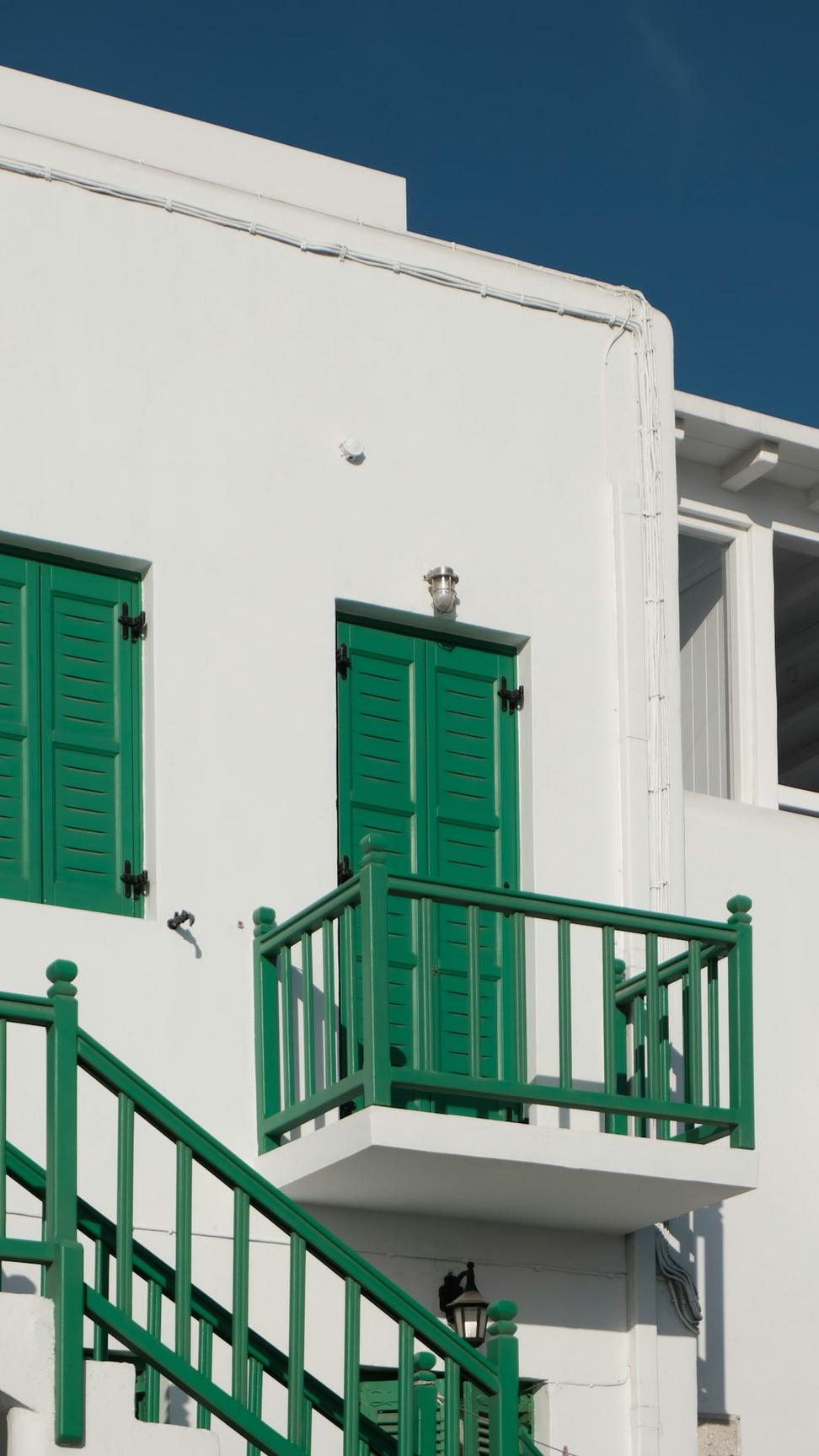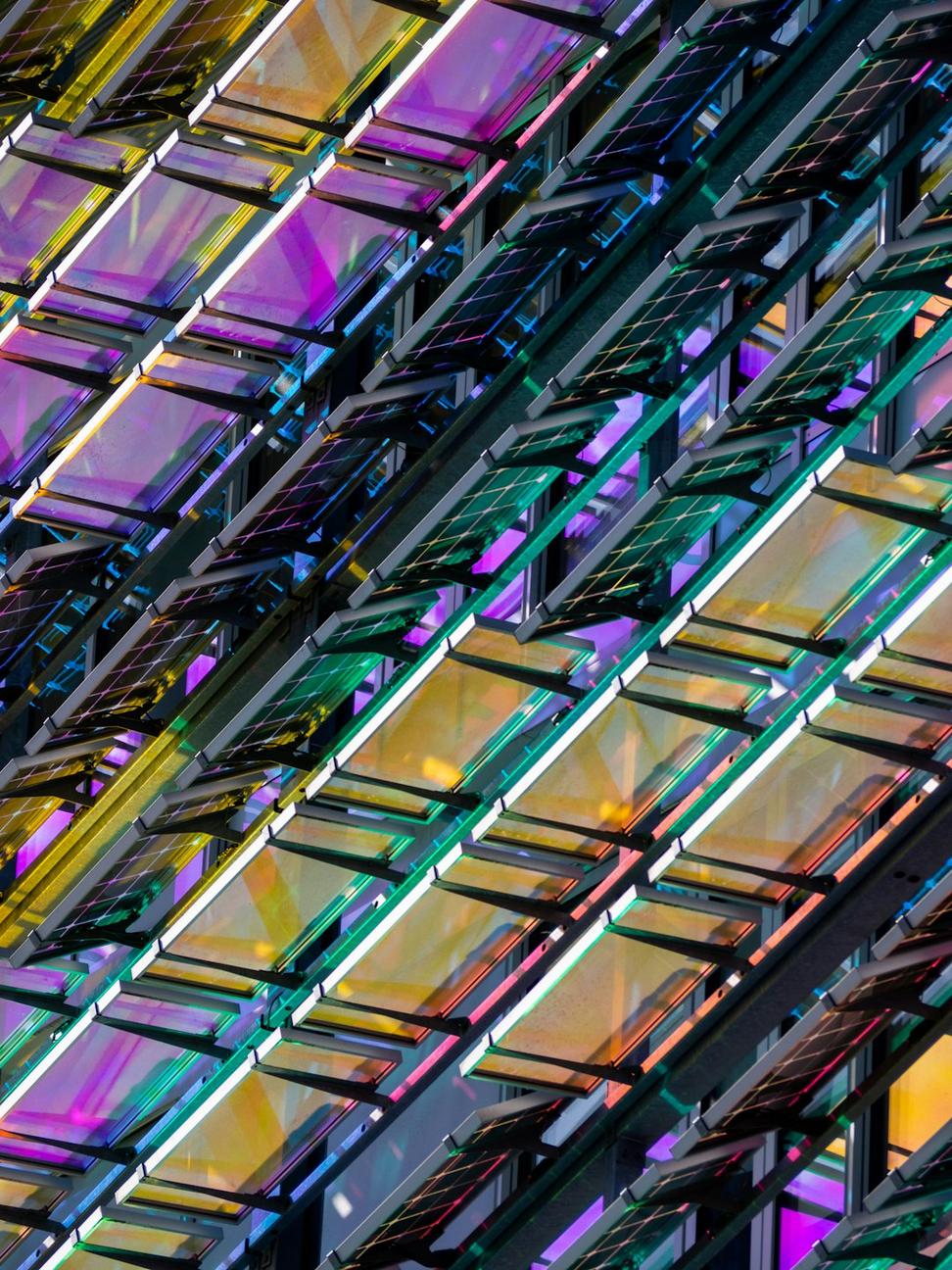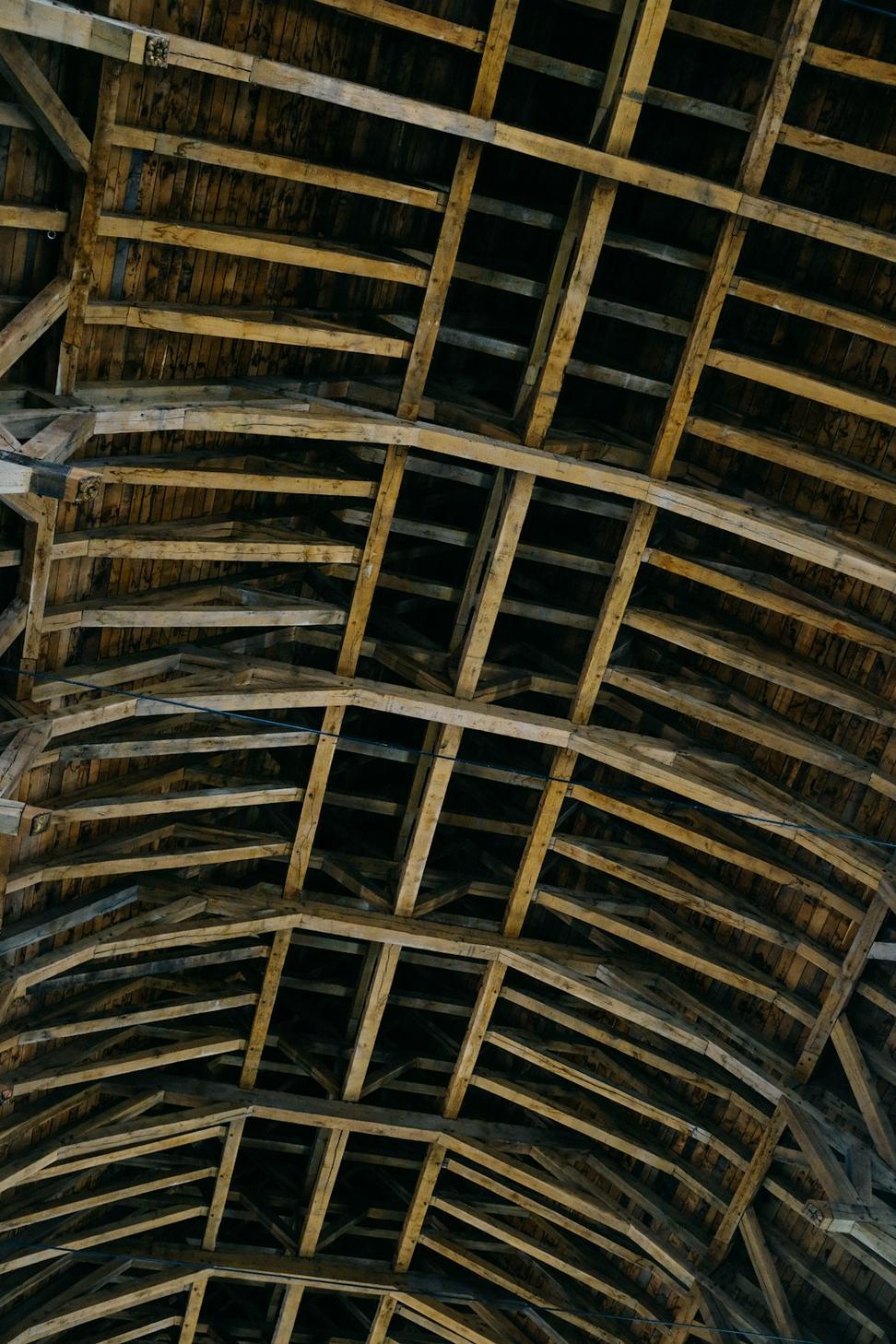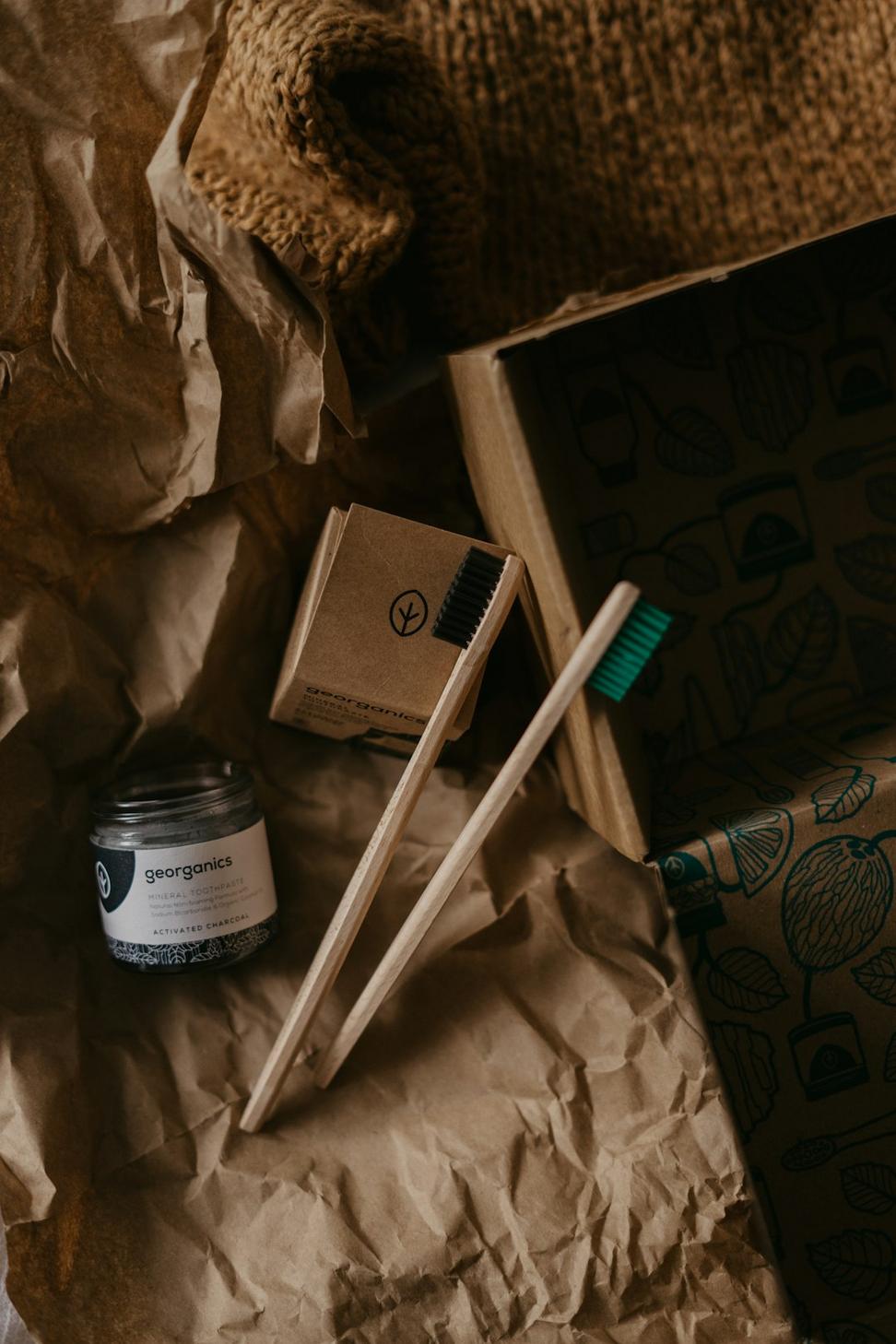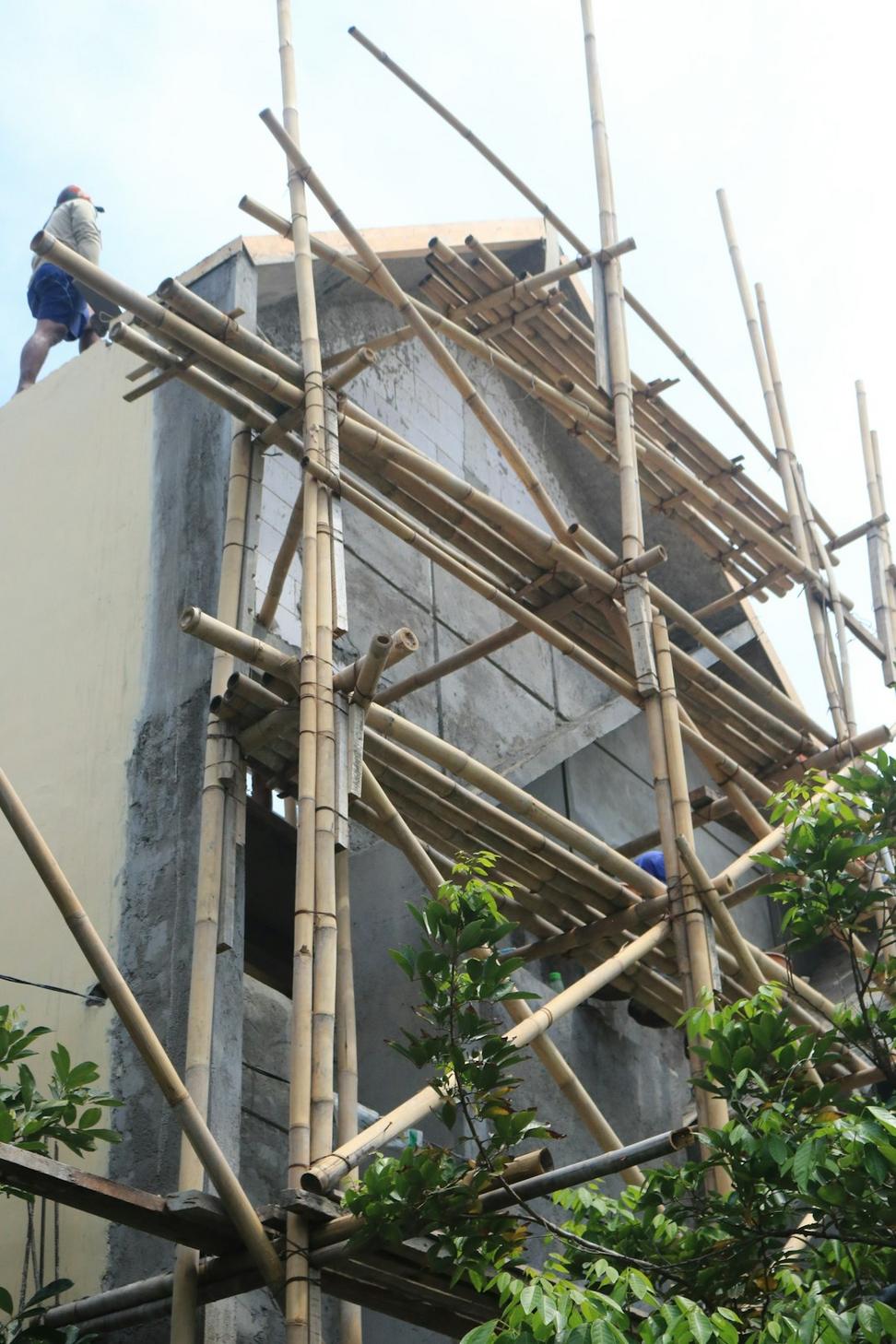Building Green, Living Better
Look, we've been in this game long enough to know that "sustainable" gets thrown around a lot. But here's the thing - we actually mean it. Every project we touch has environmental impact baked into the conversation from day one, not as an afterthought.
